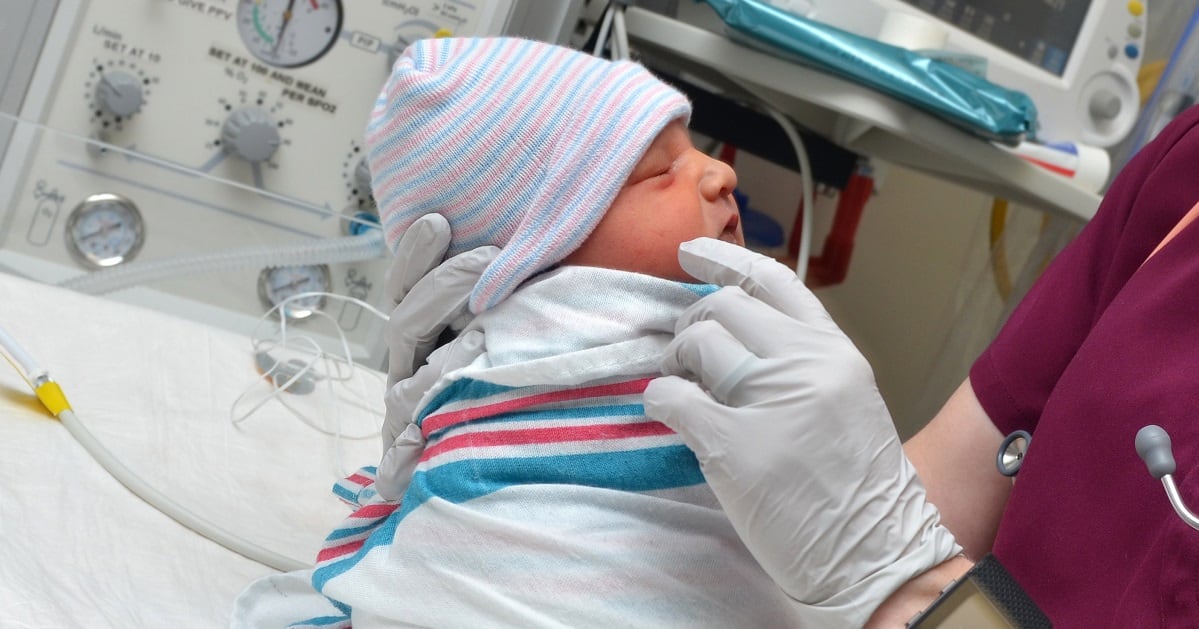The Navy now has a maternity flight suit prototype available for expecting aircrew.
That means pregnant aircrew won’t be subjected to maternity khaki uniforms, or larger flight suits that could jeopardize their safety given the longer sleeves and hemlines if not properly altered.
Instead, the maternity flight suit prototype is designed to accommodate pregnant aircrew as they progress in their pregnancy by adding expandable panels to standard flight suits. As a result, aircrew only need one flight suit for the duration of their pregnancy.
“Upon examination, it was discovered that prototype expandable panels could be sewn into existing flight suits and would be easily customized to fit using the existing tab on the side of a regular flight suit,” Amie Blade, a spokesperson for Naval Air Systems Command, told Navy Times.
“The maternity flight suit not only makes our pregnant workforce more comfortable, but it alleviates the potential safety hazard of extended hems and seams,” Blade said. “Also, flight suits are uniforms that are earned, and the women who have earned them should be able to wear them.”
Naval Air System Command’s Aircrew Systems Program Office has spearheaded the project, following a request from the Commander, Navy Air Force Reserve for a maternity flight suit.
RELATED

As a result, the first maternity flight suit was issued in the spring to Lt. Cmdr. Jacqueline Nordan, Commander, Naval Air Force Reserve’s mobilization program manager, according to the Navy. Two others have ordered and received the maternity flight suit prototype since then.
Additionally, the Navy has a small stash of these flight suits to accommodate new order requests, according to Blade.
“The addition of this uniform item makes an immediate impact on women in the Navy,” Nordan said in a Navy news release. “It shows that leadership is listening and is supportive in response to the issues that female aviators are raising.”
“Additionally, wearing clothing that is clearly too large for you presents a less professional appearance for daily business,” Nordan said. “Pregnant aircrew who are not flying are still conducting squadron business. They’re still instructing classes, working in simulators, giving briefings, and representing their organizations. It makes a big difference to be able to continue to represent ourselves professionally in a well-fitting uniform throughout a pregnancy.”
According to Blade, these maternity flight suits stem from the Navy’s larger effort to adjust grooming and uniform standards across the service to “make our existing workforce physically more comfortable and feel more presentable.” For example, the Navy unveiled a series of new grooming standards in 2018 so women could wear hairstyles including a single braid, French braid or single ponytail.
To order a prototype, commands take down measurements based on height, and then the request chit is reviewed before the maternity flight suit is sent back to the command. The Navy says that it can fill orders within approximately three days.
Presently, the service is working to create a series of maternity flight suit sizes for distribution, however, the long-term objective is to custom-tailor each maternity flight suit that is ordered.
These flight suits are also available to Marines who choose to order them, Blade said.
The Navy is currently gathering feedback from the prototypes, and will modify the uniform accordingly if needed, according to Blade.
